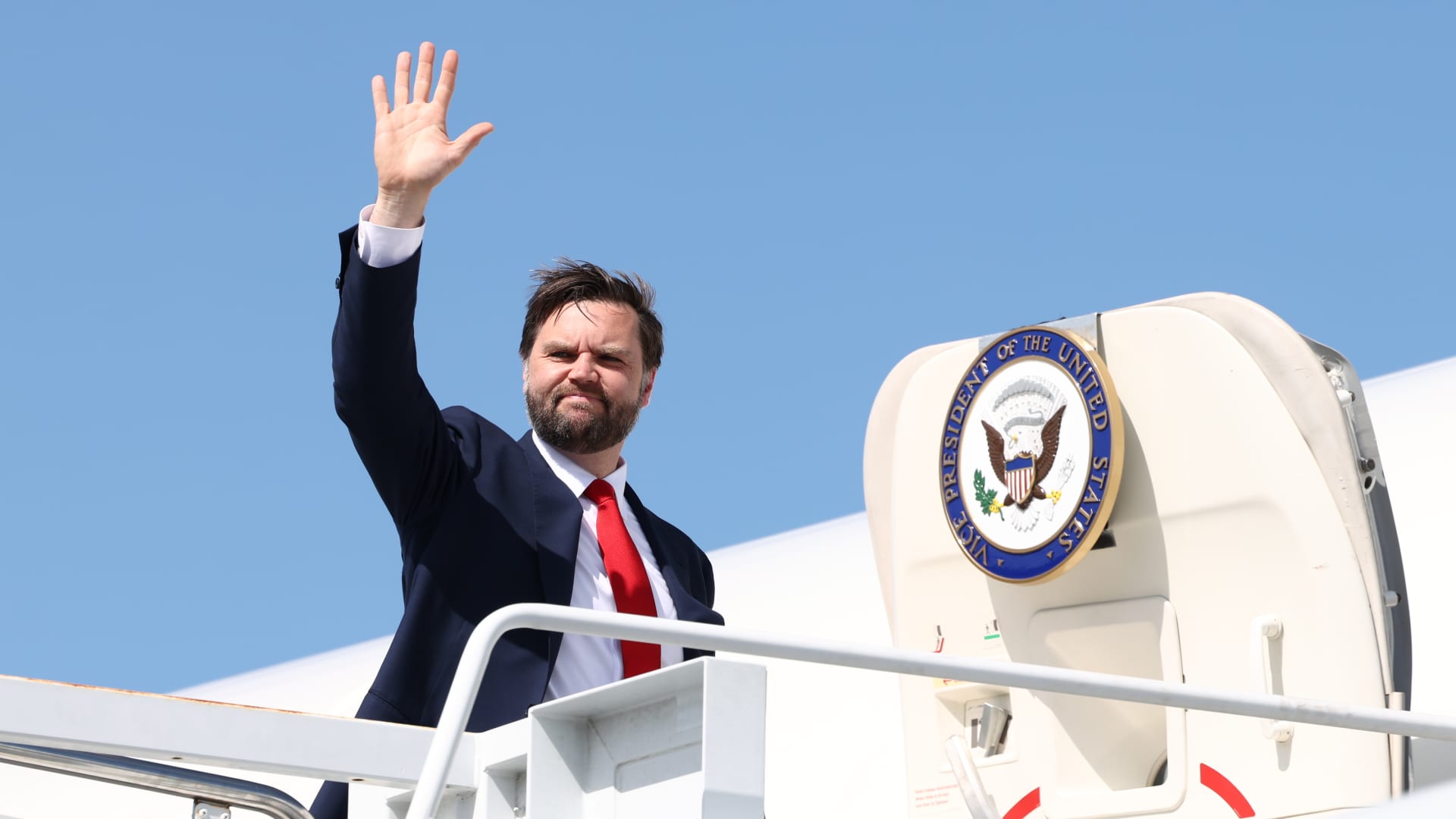“`markdown
Understanding the Protracted Ukraine-Russia Conflict Through JD Vance’s Lens
The Ukraine-Russia war remains one of the most defining geopolitical crises of our time, reshaping alliances, economies, and global security frameworks. U.S. Vice President JD Vance’s recent commentary offers a sobering perspective: this is not a conflict nearing resolution but a prolonged struggle with deep-rooted complexities. His insights reveal the limitations of external intervention and underscore the necessity for direct dialogue between the warring nations.
The Unyielding Reality of the Battlefield
Since Russia’s full-scale invasion in February 2022, the war has devolved into a grueling stalemate. Vance’s assessment—that the conflict is “not going to end any time soon”—reflects the entrenched positions of both sides. Despite Ukraine’s resilience and Western military aid, territorial gains have been incremental, and Russia’s strategic depth suggests a capacity for sustained warfare. The human cost is staggering: cities reduced to rubble, millions displaced, and a generation scarred by violence.
Key factors prolonging the war include:
– Military Entrenchment: Both sides have fortified defensive lines, making large-scale breakthroughs difficult.
– Resource Mobilization: Russia’s wartime economy and Ukraine’s reliance on Western arms create a balance of attrition.
– Geopolitical Stakes: For Russia, withdrawal risks existential humiliation; for Ukraine, compromise threatens sovereignty.
The U.S. Role: Aid, Strategy, and Limits
The United States has been Ukraine’s foremost ally, providing over $75 billion in military and humanitarian aid. Vance acknowledges this support but cautions against overestimating Washington’s influence. A recent U.S.-Ukraine minerals deal—where profits from Ukrainian resources will fund reconstruction—illustrates long-term planning but does little to halt current hostilities.
Vance’s praise for the Trump administration’s approach hints at a bipartisan consensus:
– Military Backing: Advanced weaponry like HIMARS and Abrams tanks has bolstered Ukraine’s defenses.
– Diplomatic Leverage: Sanctions on Russia and NATO cohesion remain critical tools.
– Strategic Boundaries: The U.S. cannot dictate peace; only Kyiv and Moscow can negotiate an endgame.
The Elusive Path to Peace
Vance’s assertion that “Russians and Ukrainians must end this war” highlights a painful truth: no external actor can impose a solution. Potential pathways include:
The U.S. faces a dilemma: prolonging aid risks exhaustion, while reducing support could embolden Russia. Vance’s realism suggests a shift toward pragmatic diplomacy over unconditional backing.
Global Ripples: Energy, Alliances, and Order
The war’s repercussions extend far beyond Eastern Europe:
– Economic Shockwaves: Sanctions disrupted energy markets, spiking inflation in Europe and Africa.
– Alliance Solidarity: NATO’s expansion (Finland, Sweden) contrasts with Global South neutrality, revealing fragmented geopolitics.
– Precedent Setting: A Russian victory could incentivize territorial aggression elsewhere (e.g., Taiwan, the South China Sea).
Vance’s warning resonates here: unchecked conflict erodes the rules-based order, empowering autocrats and destabilizing trade networks.
The Human Dimension: A War Without Winners
Behind Vance’s geopolitical analysis lies an unspoken tragedy:
– Civilian Suffering: 10,000+ dead, with millions fleeing to neighboring countries.
– Reconstruction Challenges: Even if peace comes, rebuilding Ukraine’s infrastructure will take decades and trillions.
– Psychological Scars: A 2023 UN report found 60% of Ukrainians suffer trauma-related disorders.
Conclusion: A Test of Resolve and Wisdom
JD Vance’s commentary frames the Ukraine war as a marathon, not a sprint. Its resolution demands more than weapons or sanctions—it requires compromise, leadership, and a reimagining of security in a fractured world. For the U.S., the lesson is clear: sustain support without illusions of quick fixes. For the global community, the conflict is a crucible, testing whether sovereignty and human dignity can prevail over brute force.
The road ahead is uncertain, but Vance’s clarity serves as both a warning and a call to action: peace, when it comes, will be forged not on the battlefield, but at the negotiating table.
“`











